
40 KM Pitfalls to Avoid: Part 3
Best practices for KM include avoiding 40 common pitfalls; this post outlines the third 10 observed by knowledge management expert Stan Garfield

Best practices for KM include avoiding 40 common pitfalls; this post outlines the third 10 observed by knowledge management expert Stan Garfield

Best practices for KM include avoiding common pitfalls; this post outlines the second 10 pitfalls observed by knowledge management expert Stan Garfield

Best practices for KM include avoiding common pitfalls; this post outlines the first 10 pitfalls observed by knowledge management expert Stan Garfield

Knowledge management (KM) implementation include 10 best practices; Stan Garfield KM guru outlines these in this post on proven strategies

Knowledge managers should practice what they preach and learn from the experience of others, reuse the best ideas, and avoid the usual pitfalls

KM efforts begin for several reasons; initially due to individual people; more enduring reasons include enabling the organization to do things better

Knowledge Management is simply management – of people and of processes – in any organization that is predominantly made up of knowledge workers

Knowledge management has been defined by many scholars and business gurus; there are useful definitions which can be used to build a KM strategy
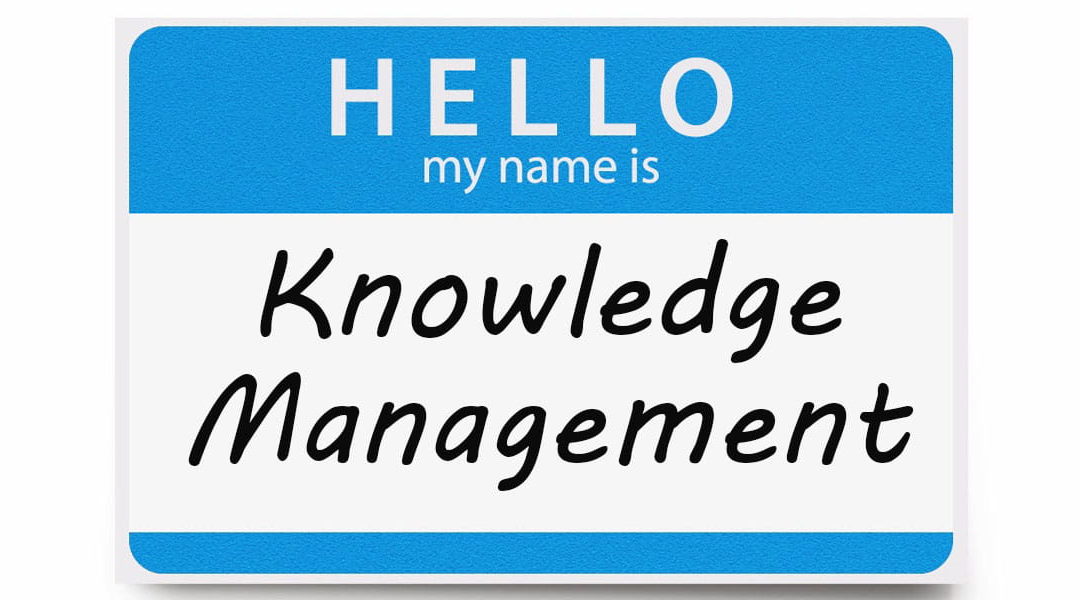
The term knowledge management is debated, but if by manage we mean care for, grow, steward, make more useful, the term knowledge management is apt
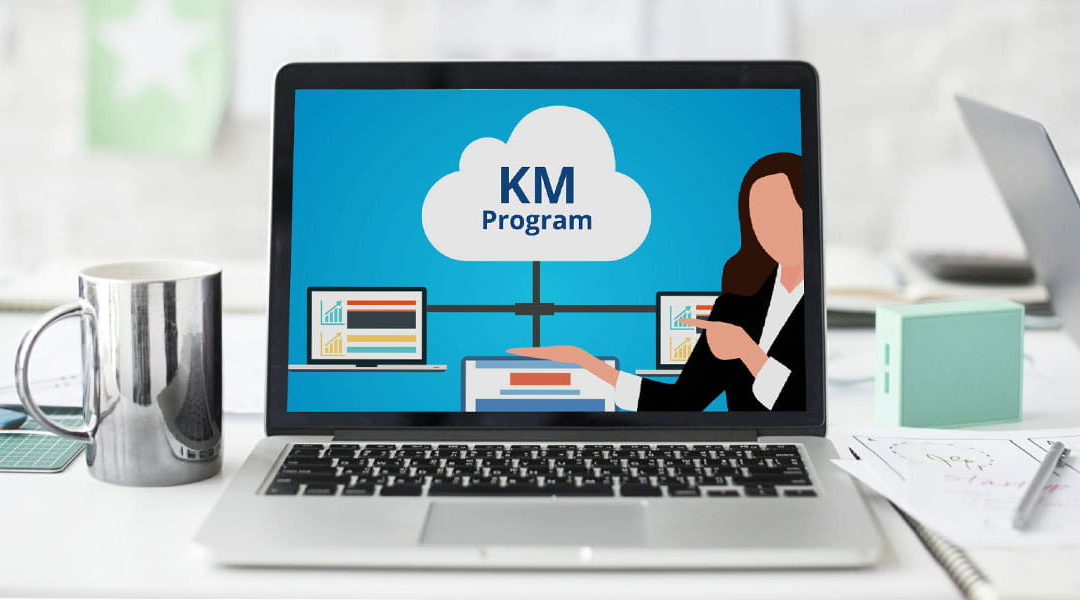
Knowledge managers need KM integration in three areas: process, platform and software.
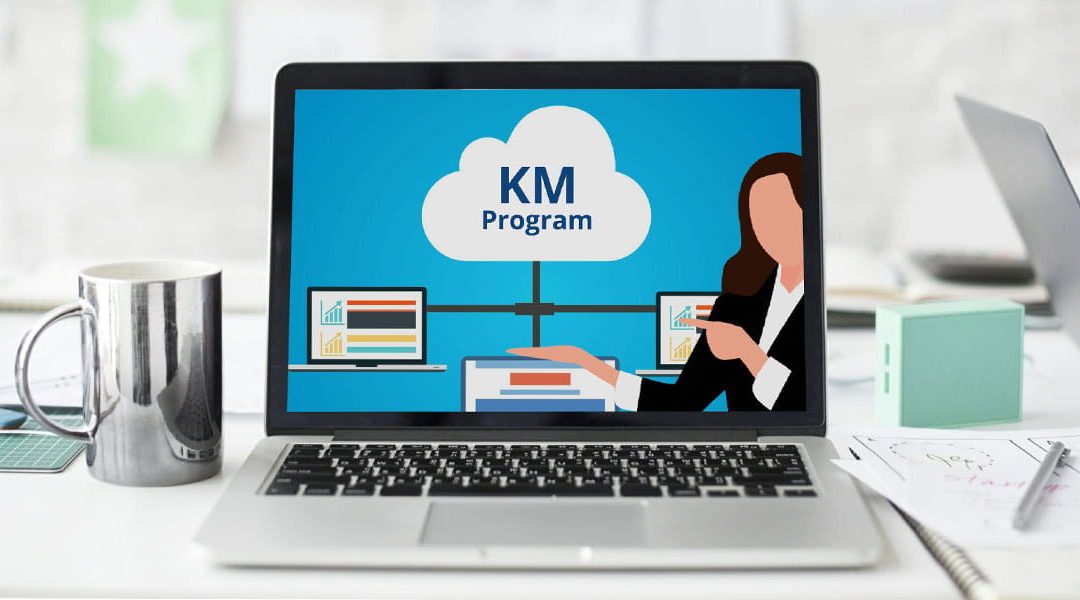
Best practices for KM include effective process, platform and software integration; this helps achieve a productive knowledge management ecosystem.
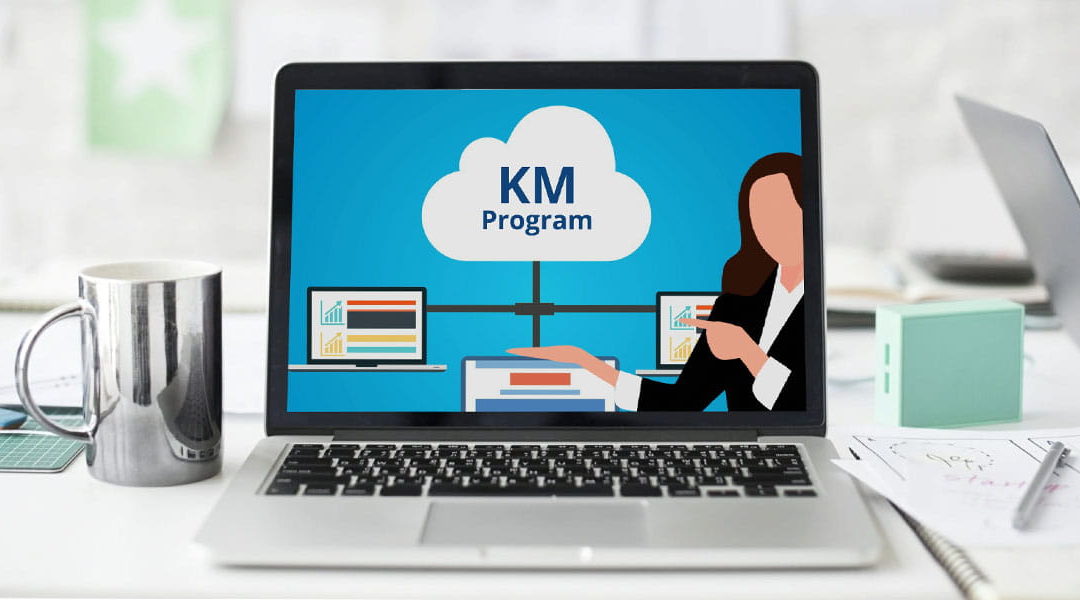
Integrated KM processes, workflows, platforms, applications, systems, and software are easier for users and delivers improved business results
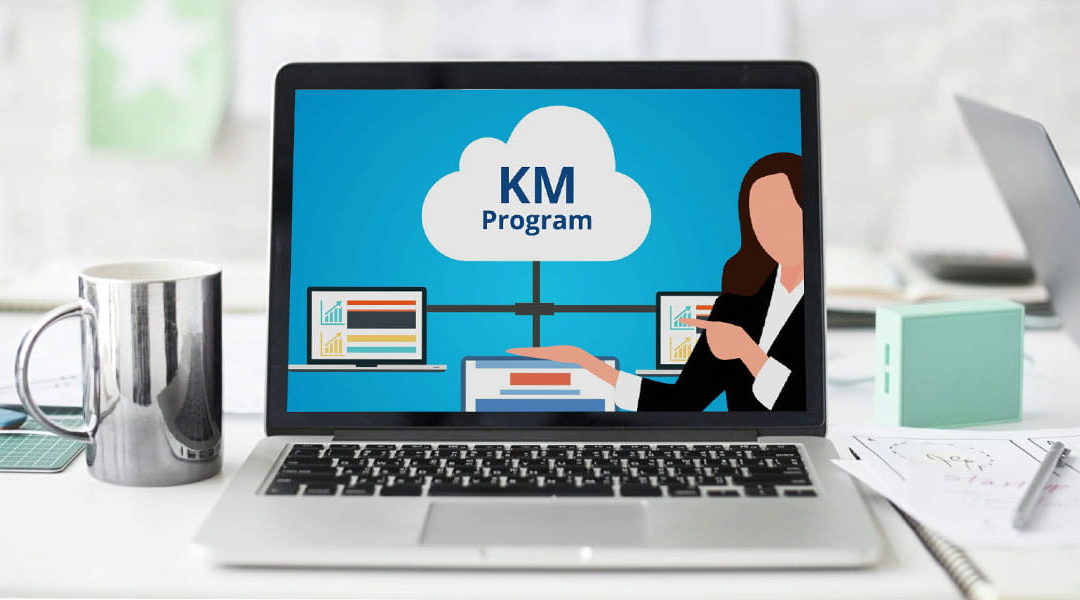
Effective process, platform, and software integration helps achieve a productive KM ecosystem; proven practices to integrate business processes

Knowledge managers need independence from IT, independence for users, and secure advocacy at the senior level in order for KM programs to succeed.

KM program independence means it’s not tied to any one function in an organization, can continue to operate, and is funded and supported by leadership

Best practices for KM include independence for users of a knowledge management system; expert advice on excellent UX and self-paced training

KM independence related to technology, users, and the program itself are key to the success of any knowledge management initiative; expert advice

Knowledge managers can use analytics to provide the right content, communicate effectively, and contribute to improved business results.

Knowledge managers can use analytics to provide the right content, communicate effectively, and contribute to improved business results.

Knowledge management best practices include capturing and reporting on goal-oriented, operational, and business impact metrics, then taking action

Knowledge management best practices include analyzing enterprise search logs; offer in your UI the most frequently used terms to improve findability

Best practices for KM include embedding social collaboration in a KM system making it more useful than a content-only or standalone social platform.

Knowledge management best practices include facilitation of sharing and reuse of internal and external knowledge via enterprise social collaboration
Knowledge managers build/facilitate communities of practice where community members share tangible and intangible information on topics of interest

Knowledge management best practices include enabling users to enhance content through social collaboration: tagging, recommending, and editing